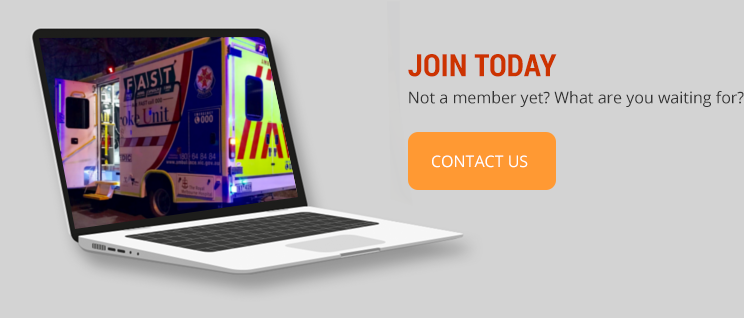
Several attempts have been made to shorten time from stroke onset to starting treatment. The mean door-to-needle times of 68 min in the mainly European ‘‘Safe Implementation of Thrombolysis in Stroke-Monitoring Study’’ (SITS-Most) and 79 min in the American ‘‘Get With the Guidelines—Stroke Program’’, revealed a clear potential of time savings by optimizing in-hospital processes. In both registry studies, more than half the delay from stroke onset to treatment were attributed to procedures after hospital arrival. Some groups reported shortening of door-to-needle times to 20–30 minutes through streamlining in-hospital work-up. Successful strategies include pre-hospital notification, a ‘‘code stroke’’ system and rapid triage to the CT scanner. However, in consequence of long pre-hospital delays (mean 106 and 79 minutes), respectively, onset-to-needle times remained relatively long (mean 133 and 108 minutes). This observation makes clear that optimal reduction in treatment delay can only be achieved by streamlining all steps of the stroke rescue chain. It starts with public campaigns to improve awareness of stroke symptoms and the need of seeking immediate medical help. Although strong evidence of the effectiveness of such programs is equivocal, the increasing thrombolysis rates in many countries suggest that more patients are arriving to hospitals within the thrombolysis time window.
Pre-hospital notification of hospital-based stroke teams by the Emergency Medical System (EMS) crews accelerates the start of specific stroke treatments after hospital arrival. As recognition of stroke patients is crucial for rapid processing, several stroke identification instruments have been developed and validated over the last years. They are either used at dispatch centers to prioritize rapid response or by EMS personnel in the field to pre-notify the receiving in-hospital stroke teams.
With the limited sensitivity and positive predictive value of the aforementioned stroke scores, several initiatives have started to use telemedicine for telestroke assessment in ambulances. Broadband mobile communication technology according to the fourth generation (4G) or long term evolution (LTE) standard seems to overcome bandwidth restrictions and insufficient stability of video examination.
The most recent approach to achieving faster stroke treatment is by equipping and utilizing specialized ambulances with imaging and lab capability and staff trained in stroke recognition and treatment—MSUs.